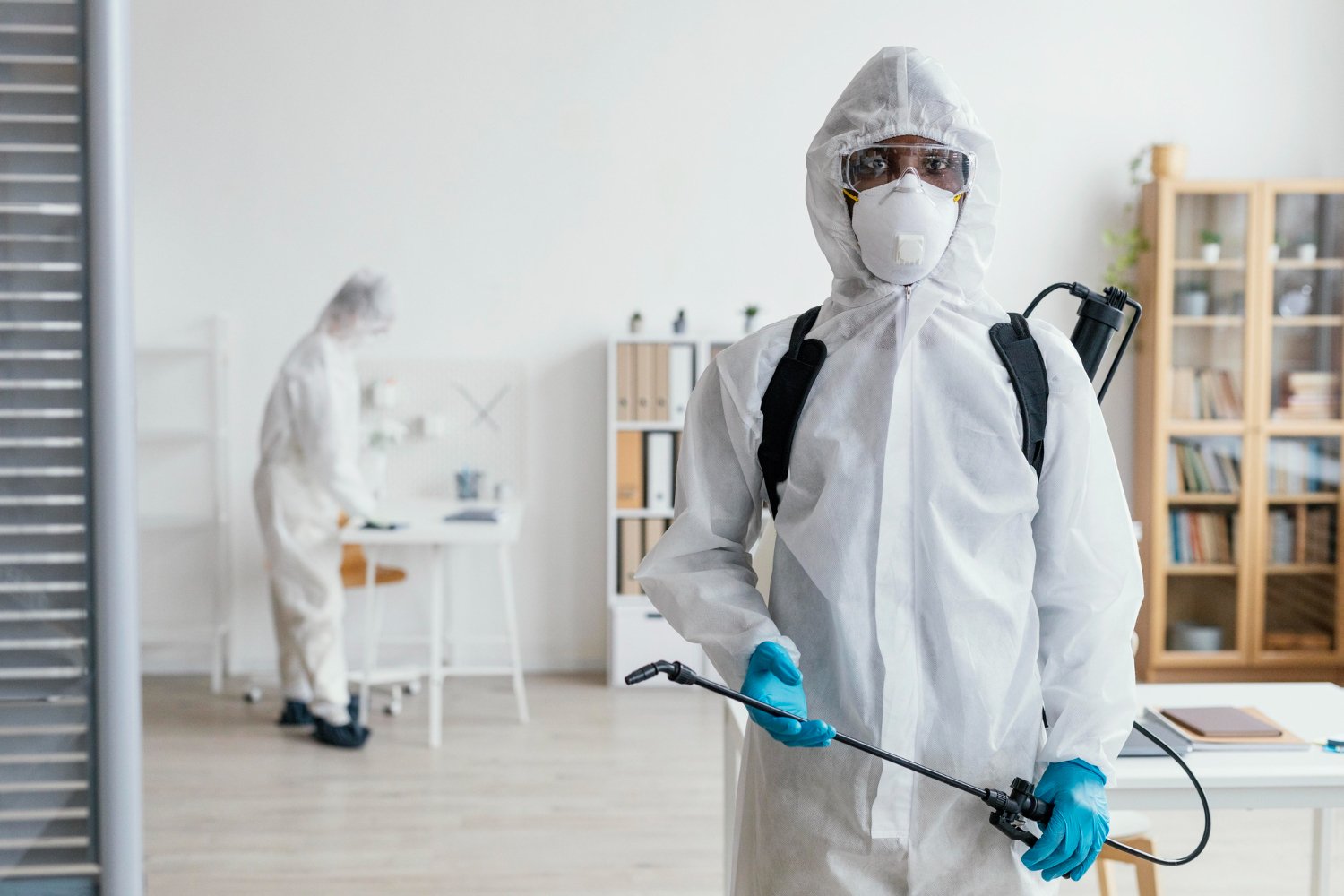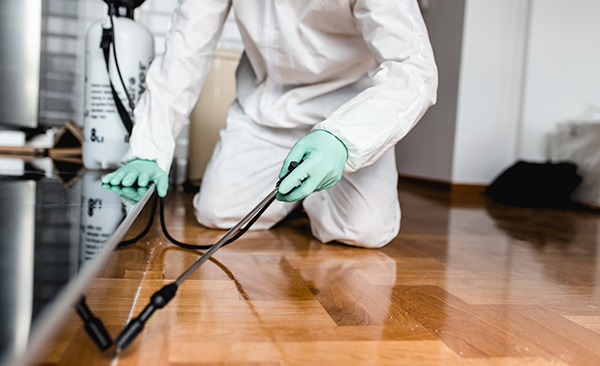Checking Out Infestation and Treatment Methods on the planet of Insect Control
The landscape of parasite control incorporates a myriad of difficulties, particularly as infestations of common house insects remain to evolve. Recognizing the habits and reproductive patterns of these nuisances is important for creating reliable therapy approaches. By integrating precautionary procedures with innovative monitoring strategies, such as Integrated Bug Management (IPM), property owners can much better safeguard their environments. The performance of these methods might vary significantly based on certain circumstances. What hidden elements add to the success or failure of these methods in different setups?

Usual Family Vermin
When it pertains to handling our living spaces, recognizing typical house pests is vital. These insects not only interrupt our convenience but can likewise pose health threats and damages residential or commercial property. One of the most prevalent home bugs consist of ants, roaches, rodents, termites, and bed pests.
Ants, commonly seen foraging in kitchen areas, can infect food and develop huge nests. Roaches, known for their durability, can set off allergies and spread virus. Rats, consisting of mice and rats, can create structural damage and carry conditions like hantavirus and salmonella. Termites, frequently referred to as "quiet destroyers," can jeopardize the integrity of wooden frameworks, leading to costly repairs. Bed pests, although not disease service providers, can cause substantial pain through their bites and result in emotional distress.
Identifying the indicators of these insects, such as droppings, nests, or bite marks, is essential for early intervention (Pest Control Lockhart). Appropriate sanitation practices, sealing entry factors, and keeping a clutter-free atmosphere work preventative steps. By identifying these usual house pests and recognizing their habits, property owners can take aggressive steps to reduce problems, making sure a healthier living setting
Understanding Parasite Infestations
Bug invasions can rise swiftly, turning a small inconvenience into a significant trouble if not resolved without delay. Common factors adding to invasions include bad cleanliness, structural susceptabilities, and seasonal adjustments that drive pests inside your home.
Determining the kind of bug is important, as different species show varied behaviors and reproductive rates. As an example, rodents might establish nests in surprise areas while bugs like roaches thrive in damp settings. Early detection often depends upon acknowledging signs such as droppings, munch marks, or unusual audios, which can indicate an issue before it ends up being serious.
Ecological conditions additionally play a vital role in bug spreading. Warm, moist environments can facilitate the rapid development of insect populations, while adjustments in landscaping or building can unintentionally create conducive atmospheres. As a result, routine inspections and preventative measures are paramount to reducing the risk of infestations. An educated technique to recognizing these characteristics lays the groundwork for efficient parasite management methods in the future.
Treatment Approaches and Techniques
Effective treatment techniques and techniques are crucial for minimizing bug problems and recovering a secure atmosphere. A multifaceted method is frequently best, including chemical, biological, and mechanical methods tailored to the certain pest and the severity of the problem.
Chemical treatments consist of using pesticides and herbicides, which can properly get rid of parasites. However, proper application and adherence to security guidelines are essential to lessen dangers to humans and non-target organisms. Integrated Insect Monitoring (IPM) encourages the sensible use chemicals as a last option, counting rather on sites monitoring and threshold levels to establish treatment needs.
Organic control techniques entail introducing natural killers or parasites to reduce pest populaces. This strategy is increasingly prominent, particularly in agricultural setups, as it promotes environmental sustainability.
Mechanical methods, such as traps and barriers, give instant remedy for insects without introducing chemicals. Choices include sticky catches for insects or physical barriers for rats.
Inevitably, the choice of treatment approach need to consider the specific bug, the setting, and potential influence on human health and communities. A well balanced mix of these techniques can successfully manage infestations while promoting lasting pest control remedies.
Safety Nets for House
Proactively resolving bug issues before they intensify is crucial for preserving a healthy and balanced home atmosphere (Pest Control Lockhart). Implementing effective safety nets can significantly lower the chance of invasions, ultimately protecting both your home and wellness

Appropriate landscape design Your Domain Name also plays a crucial duty in avoidance. Keeping shrubs and trees cut away from your house lowers the opportunities of insects locating their method indoors. In addition, make certain that water drainage systems are functioning efficiently to stop standing water, which can reel in insects and various other bugs.
Last but not least, regular assessments are suggested. Routinely looking for signs of pest activity enables very early intervention. By adopting these safety nets, property owners can produce an environment that is less hospitable to insects, consequently improving their general lifestyle and lowering the need for extensive pest control interventions.
Business Pest Control Techniques
An extensive method to industrial bug control is necessary for services aiming to maintain a risk-free and sanitary atmosphere. Efficient approaches involve a combination of normal examinations, worker training, and the implementation of Integrated Bug Administration (IPM) practices.
Normal inspections enable early discovery of parasite task, enabling for prompt intervention. Organizations ought to establish a routine timetable for these assessments, concentrating on risky areas such as kitchen areas, storeroom, and garbage disposal sites. Staff member training is equally critical; personnel must be informed on the indications of insect problems and the value of reporting them immediately.
Carrying out IPM methods helps alleviate pest problems sustainably. This consists of environment modification, such as sealing entrance points and lowering mess, as well as employing all-natural deterrents before turning to chemical therapies.

Additionally, teaming up with a licensed insect control service provider makes sure access to specialist knowledge and innovative treatment alternatives. This partnership can cause customized insect control plans tailored to the specific demands of business, lessening dangers and enhancing general effectiveness. Ultimately, a positive and informed method promotes a pest-free setting, guarding both public health and wellness and service credibility.
Conclusion
In conclusion, effective bug control requires a comprehensive understanding of typical house pests and their behaviors, paired with targeted therapy techniques. Executing preventative actions along with therapy strategies such as Integrated Insect Management and organic control boosts the capacity to mitigate problems.